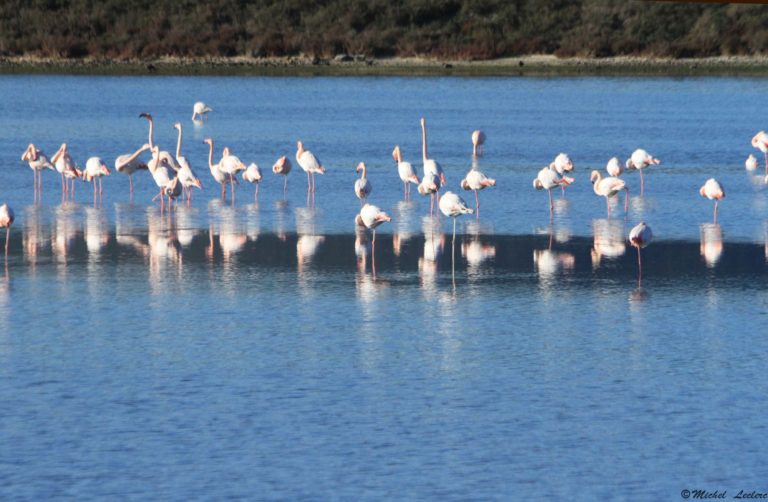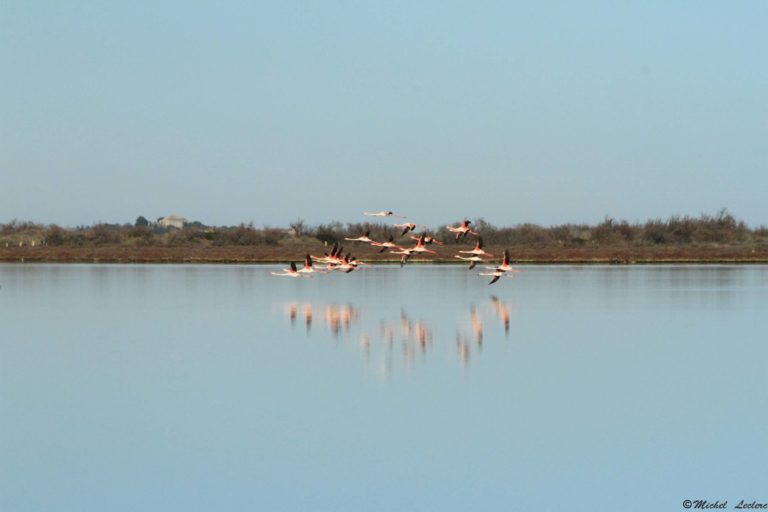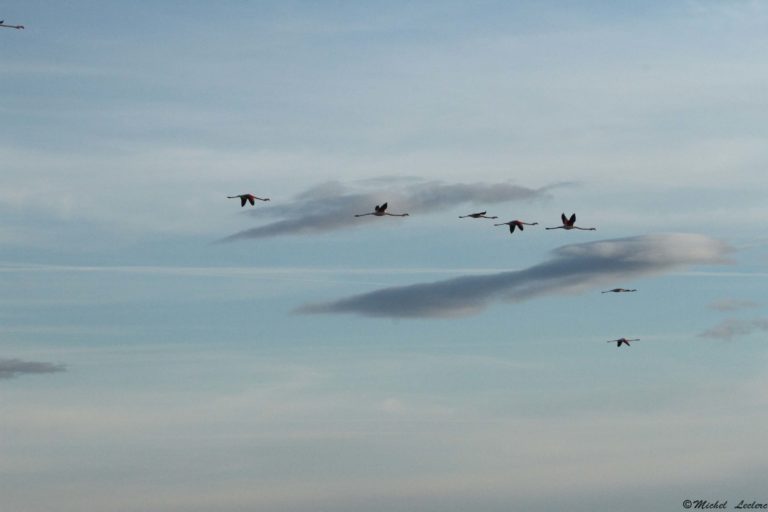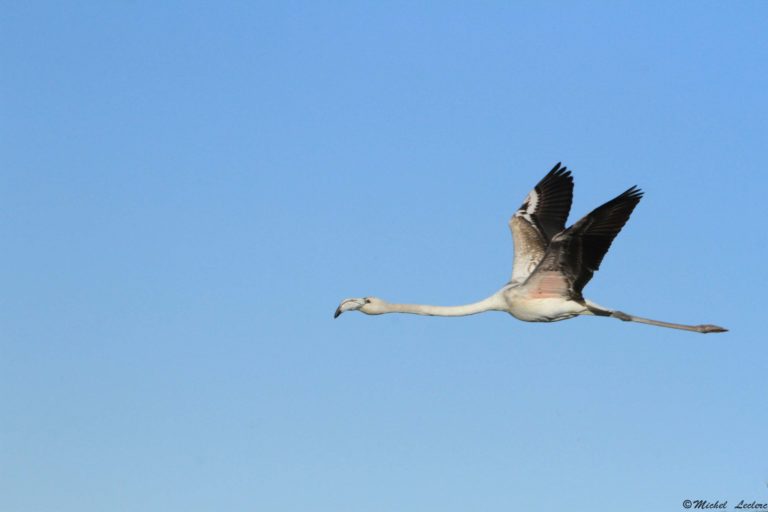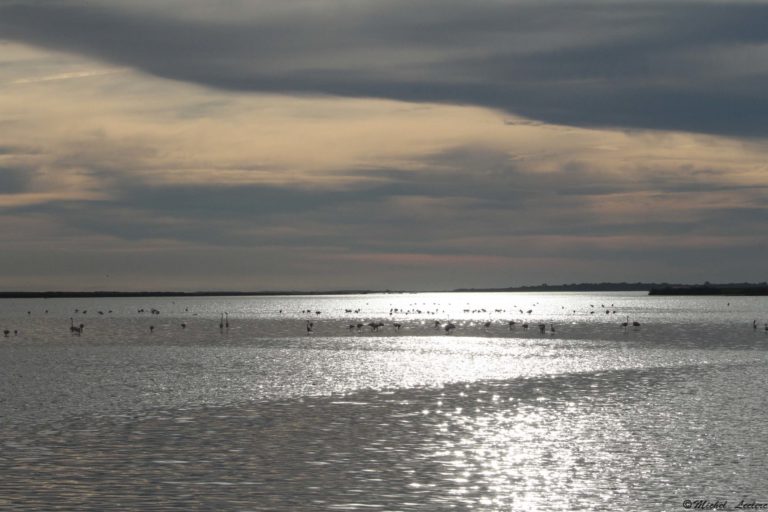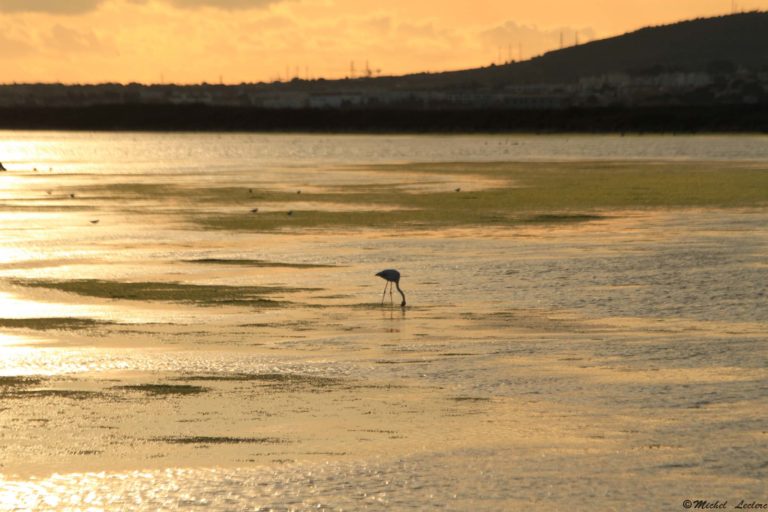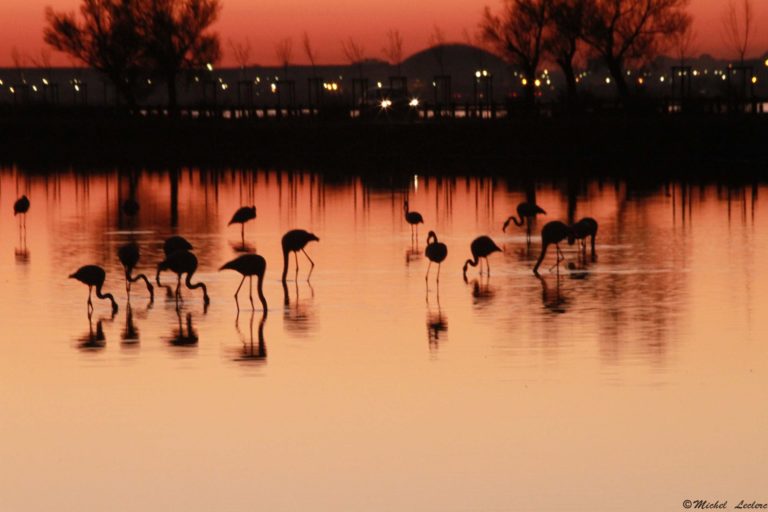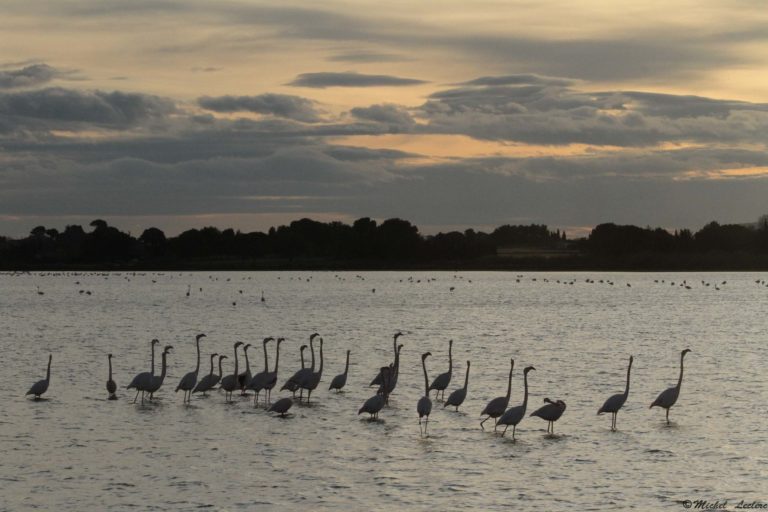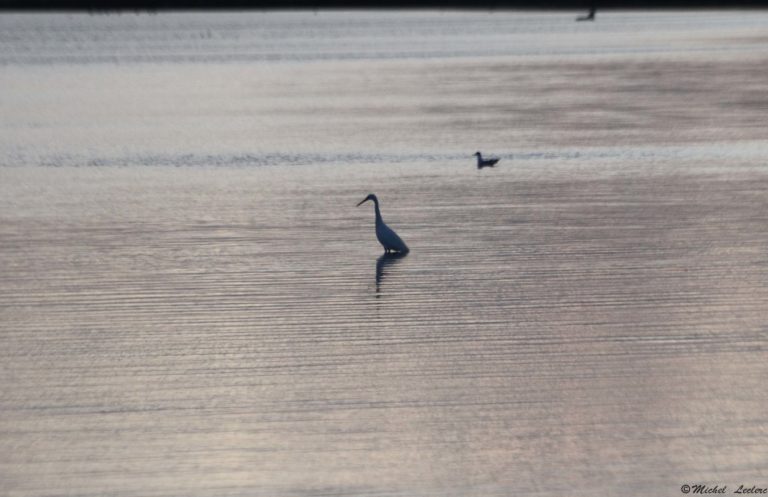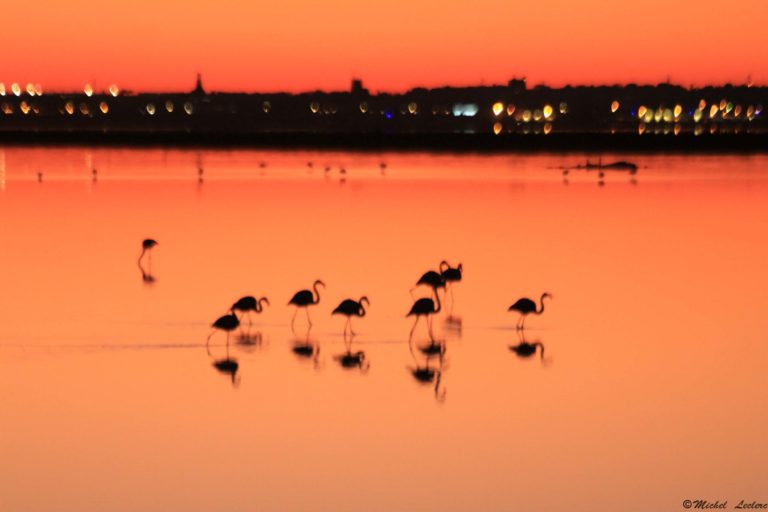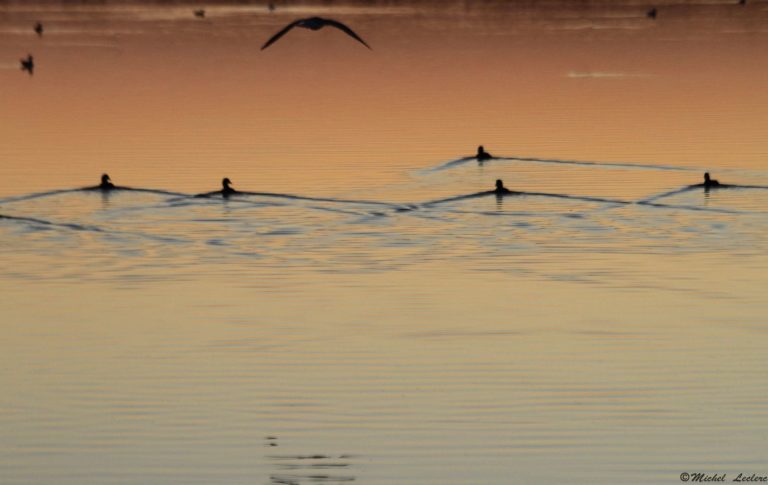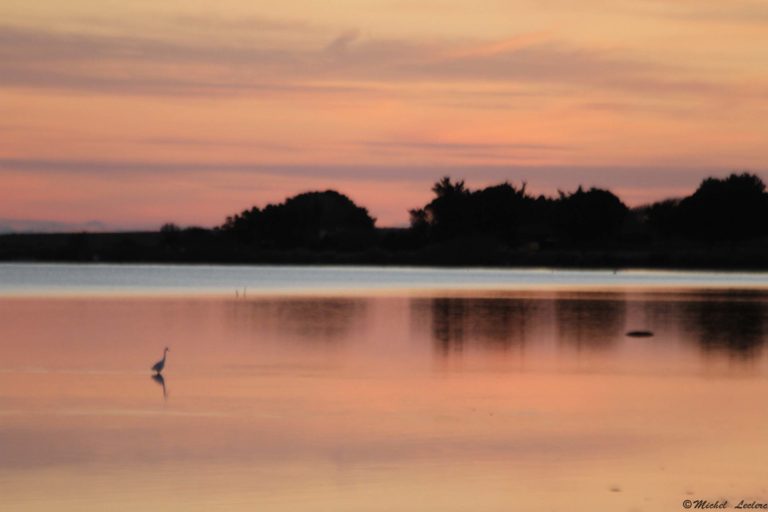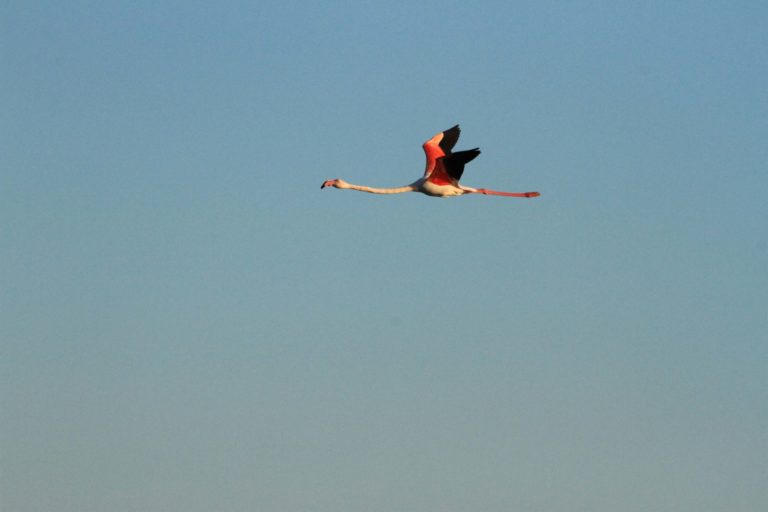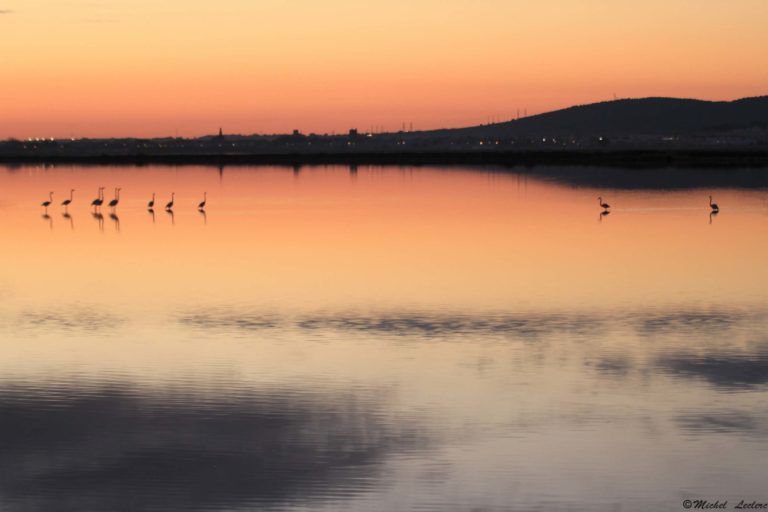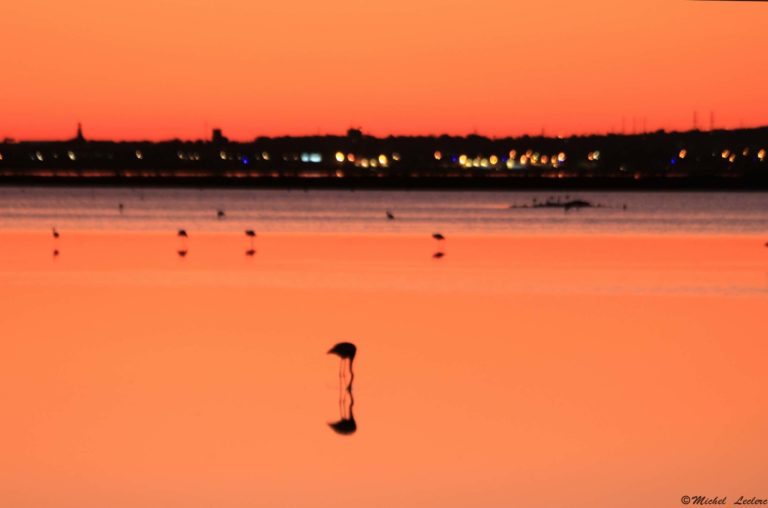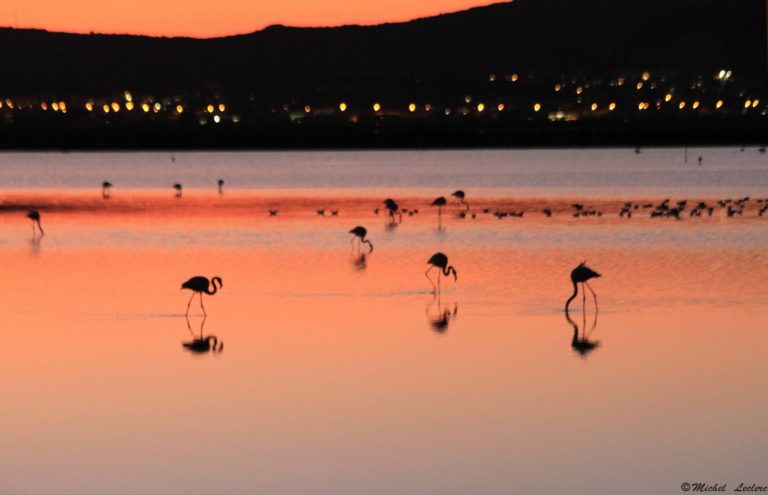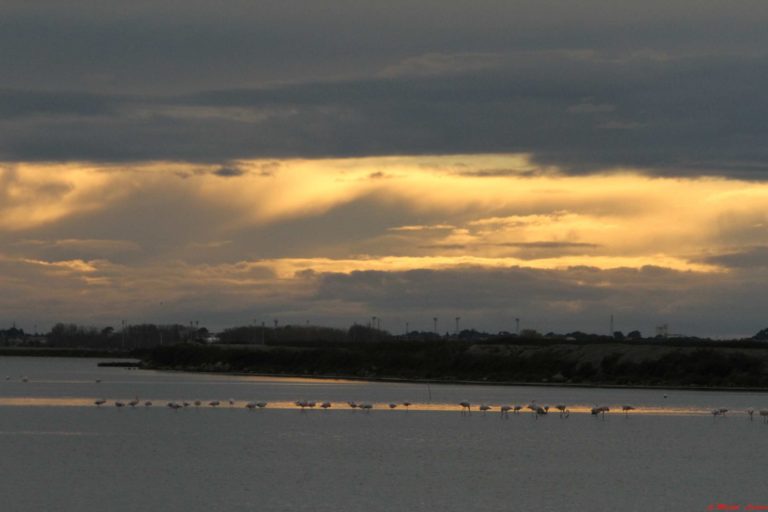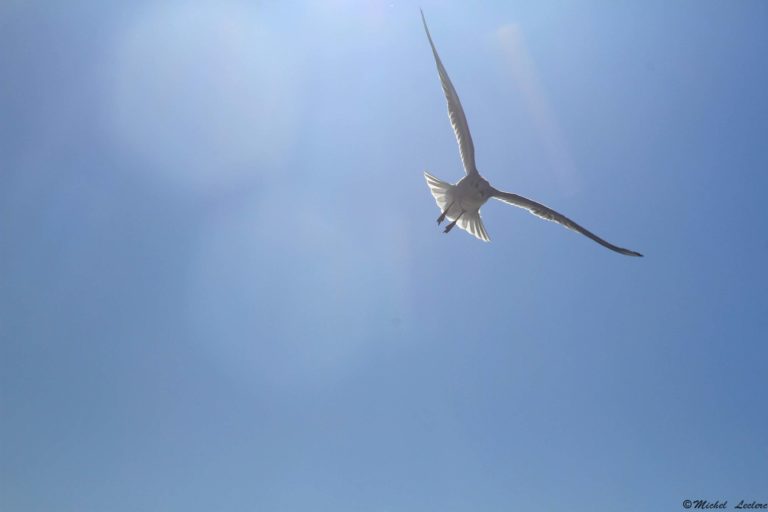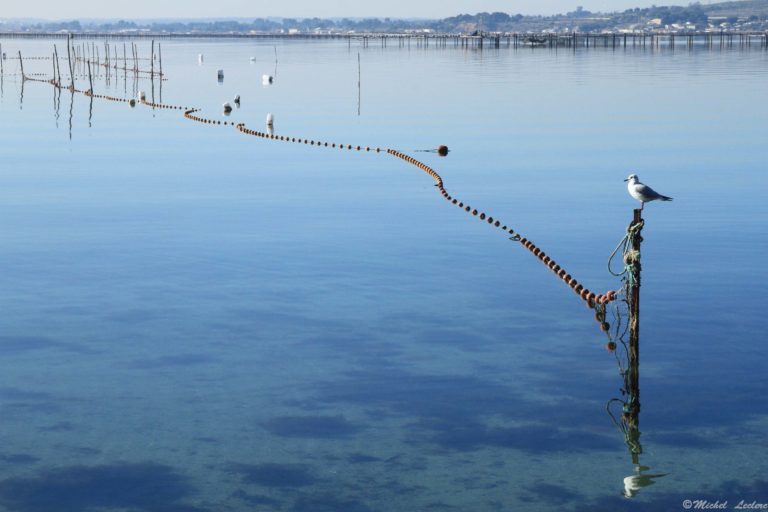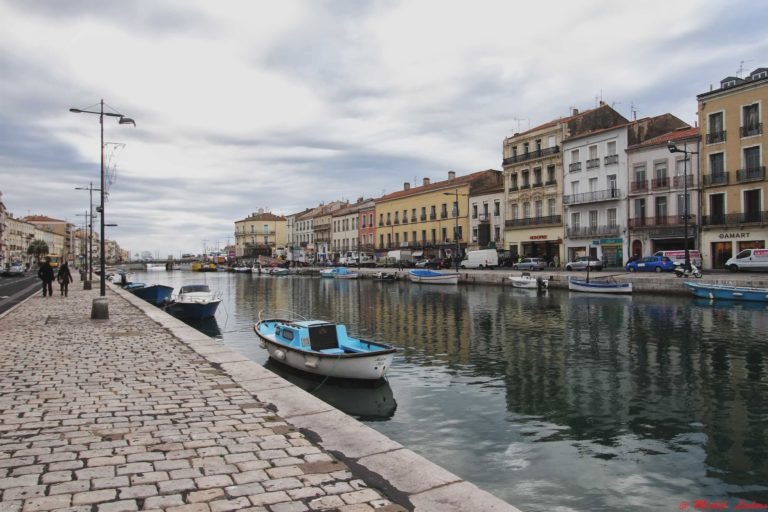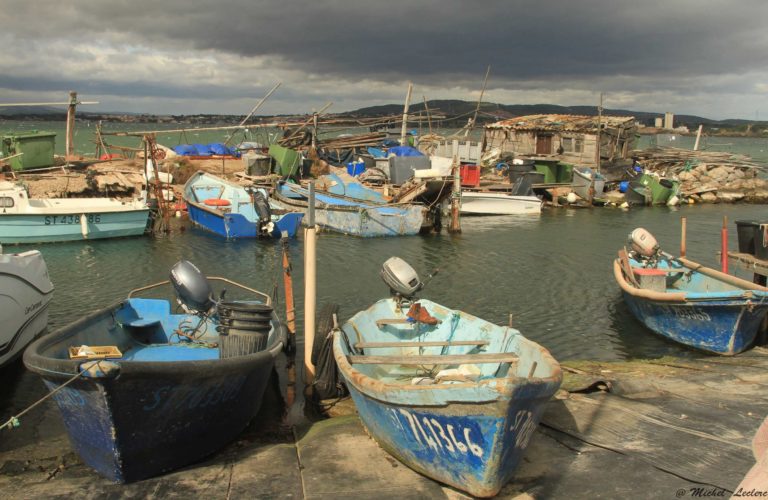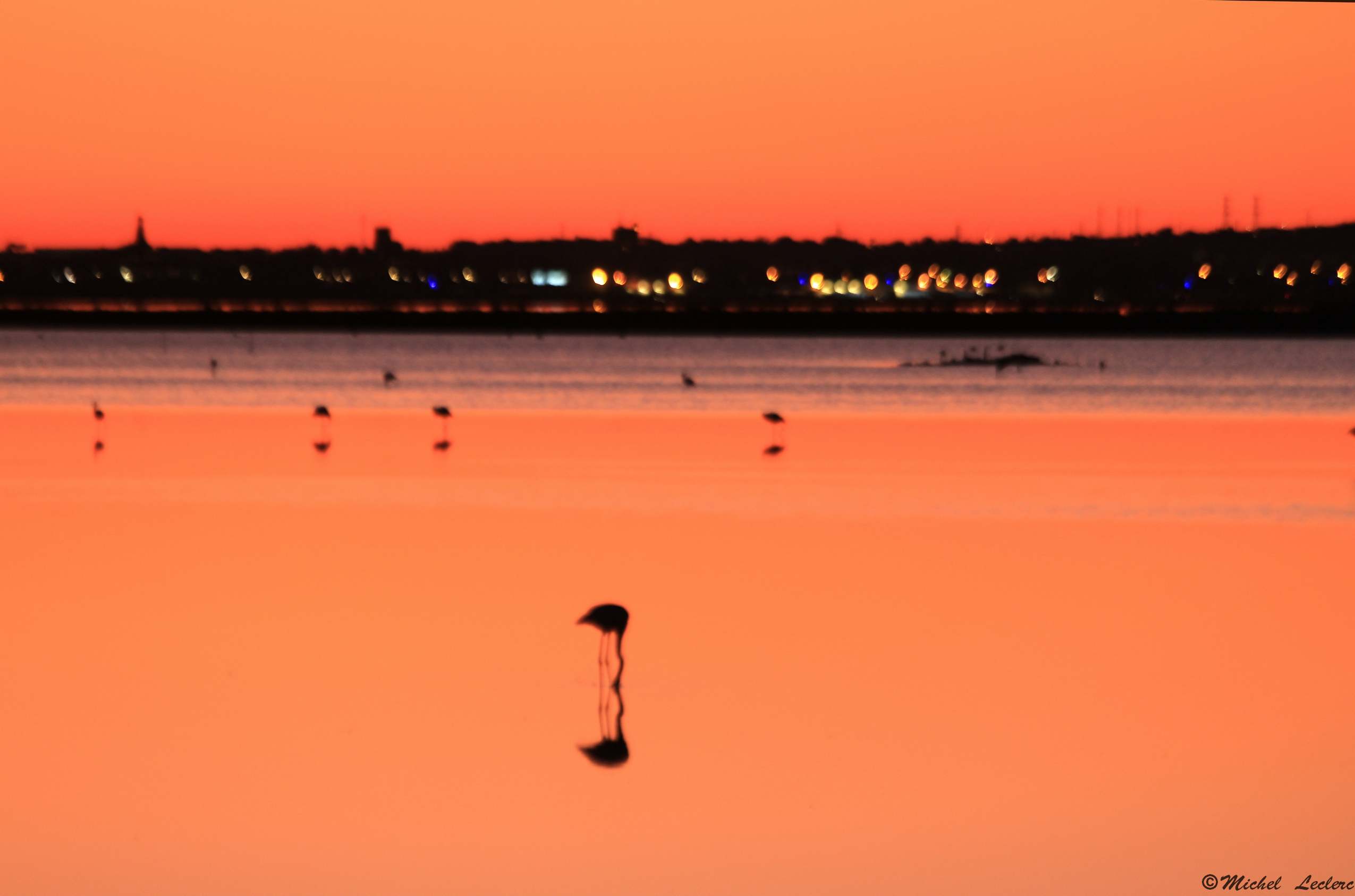The south of France, near the Mediterranean Sea, is place for vast, shallow saltwater ponds which are ideal habitat for pink flamingo because It feed on shrimp, algae, insects It find at the bottom of these ponds. Pink color comes from the shrimp called “Artemia Salina” and the pink algae called “Dunaliella salina”. Pink Flamingos are initially gray when young and turn pink after 3 years of age when adopting food for adults. The pink flamingos all bred in the Fangassier pond, in the Camargue, until the year 2020. Since that date, for reasons still mysterious, the nesting takes place in the ponds of “Aigues-Mortes”, located at the western limit of the Camargue.
Then the pink flamingos migrate. We find them throughout southern Europe and even in North Africa. For several days, I photographed them in the ponds located near Sète (Thau pond, Ingril pond, Arnel pond) where they stay during the winter period. During this period, pink flamingos make courtship displays: they are in small groups and make a lot of effort to be noticed by their fellow creatures. Precisely, it goes through neck rubbing, grunts with head held high, deployments of plumage. Finally, the goal is to form a coupler that will breed a few weeks later in a pond in the Camargue.
We can notice that some flamingos have a ring with an inscription on the leg. The registration number makes it possible to follow the history of the flamingo. In the Ingril pond, pink flamingos wear the first rings that were put on the paws of pink flamingos, that is to say 45 years ago!
Pink Flamingos are not the only birds to frequent these places. Indeed 130 species of birds have been recorded near the Ingril pond in the old salt marshes of Frontignan. Some of them spend the winter there as the Audoin’s gull, others live there all year round as the little egret and finally some breed there as the black-headed gull.
